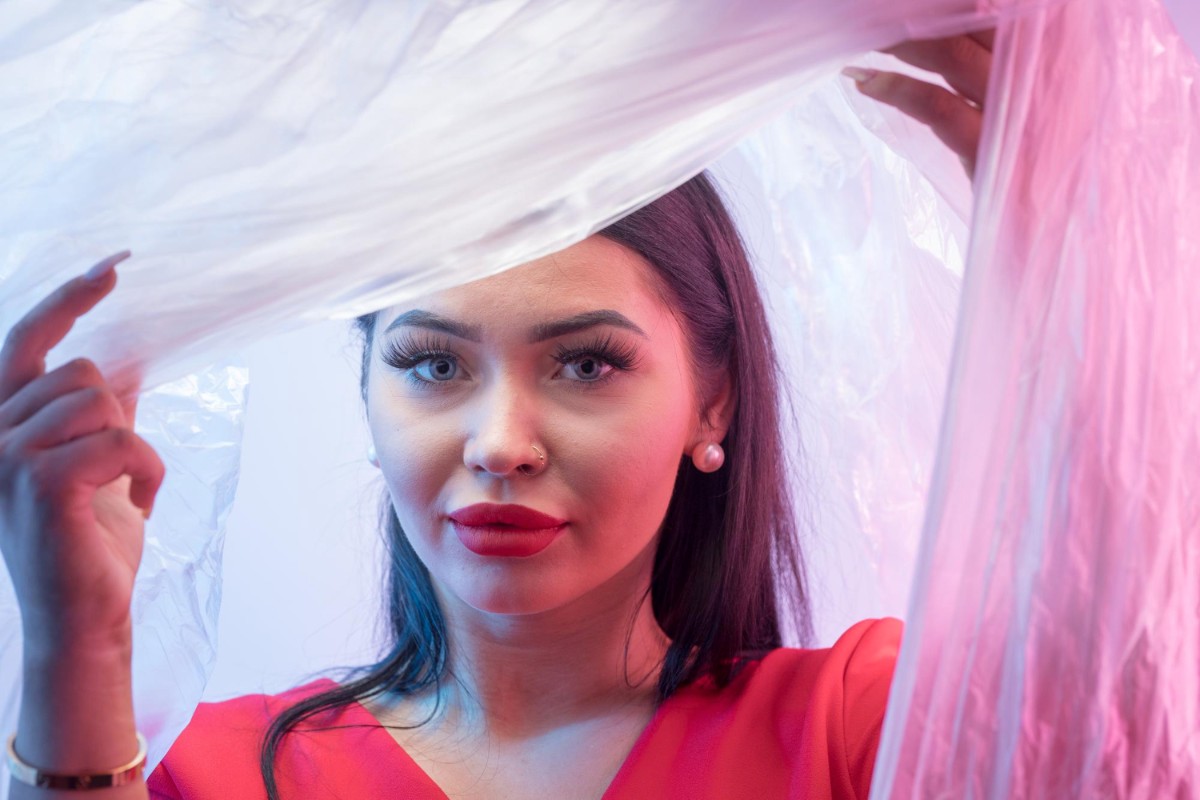How to Spot Real Class vs Trying Too Hard
When you encounter a class, it’s not always easy to tell if it’s genuine or just pretending to be real. Whether you’re exploring new skills or assessing educational opportunities, knowing the difference can save you time and effort.
You’ll learn how to recognize clear signs that separate a real class from a fake one, helping you make smarter choices.
Check the quality of fabric carefully
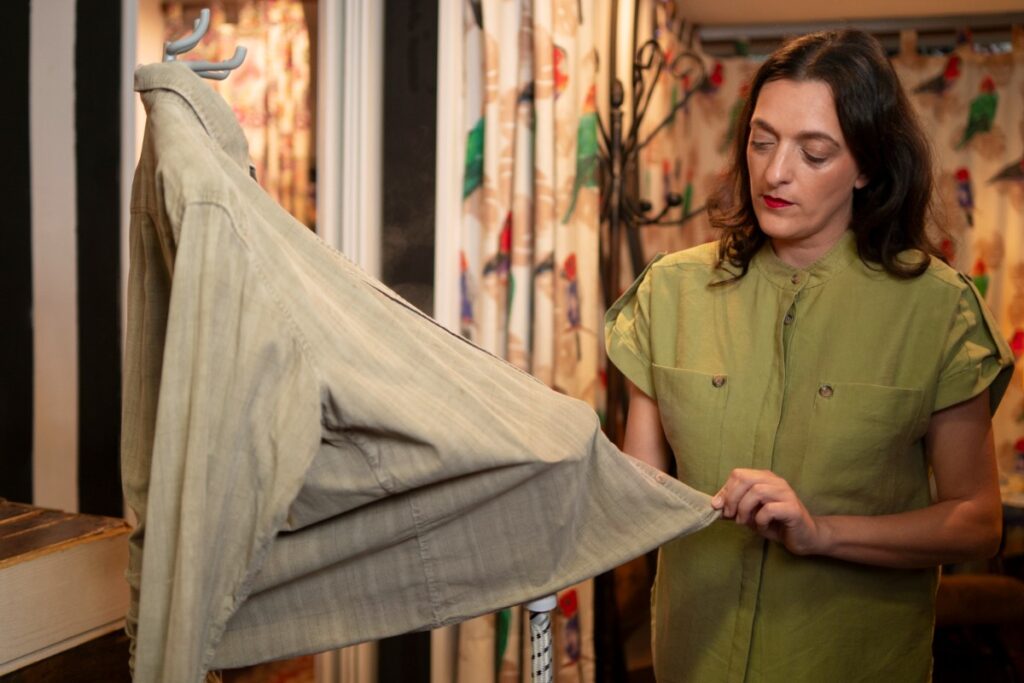
When you hold a real piece of clothing, the fabric usually feels sturdy and well-made. Check if the material is smooth and even—fake items often use cheaper, rougher fabrics.
Pay attention to how the fabric reacts to touch. Genuine fabric tends to feel softer and more comfortable on your skin.
Look closely at the weave or knit. Poor stitching or loose threads might show the item is fake. Your clothes should have a consistent texture without areas that feel thin or worn.
Inspect stitching and seams for neatness
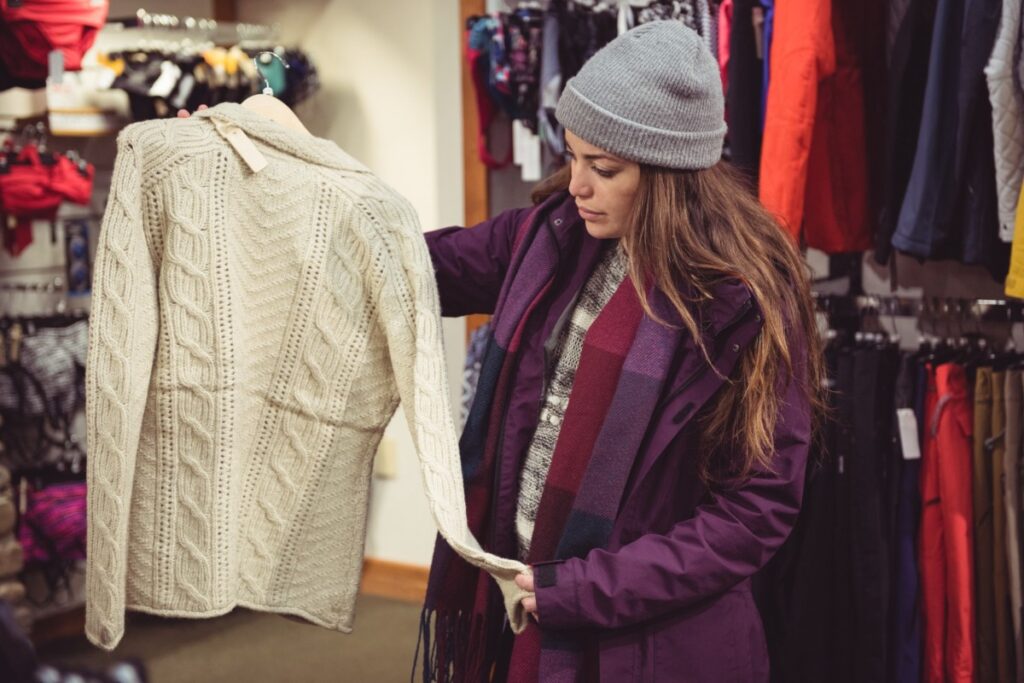
When you check stitching, look closely at how even and tight the stitches are. Real class items usually have very consistent, straight stitching with no loose threads.
Pay attention to the seams too. They should lie flat without puckering or gaps. Uneven seams often mean the piece wasn’t made with care.
If you see crooked stitches or uneven spacing, that’s a red flag. Taking a bit of time to inspect stitching can help you spot fake class quickly.
Look for a proper fit and cut

When you check a class for authenticity, the fit is one of the first things you should notice. Real classes usually have a clean, precise cut that suits their purpose perfectly.
If the fit feels sloppy or uncomfortable, it’s a sign the class might not be genuine. Pay attention to how the sleeves, shoulders, and waist align with your body.
A real class design balances style and function, ensuring you move easily without excess fabric. Poor tailoring or awkward seams often indicate a fake.
Observe the garment’s weight and texture
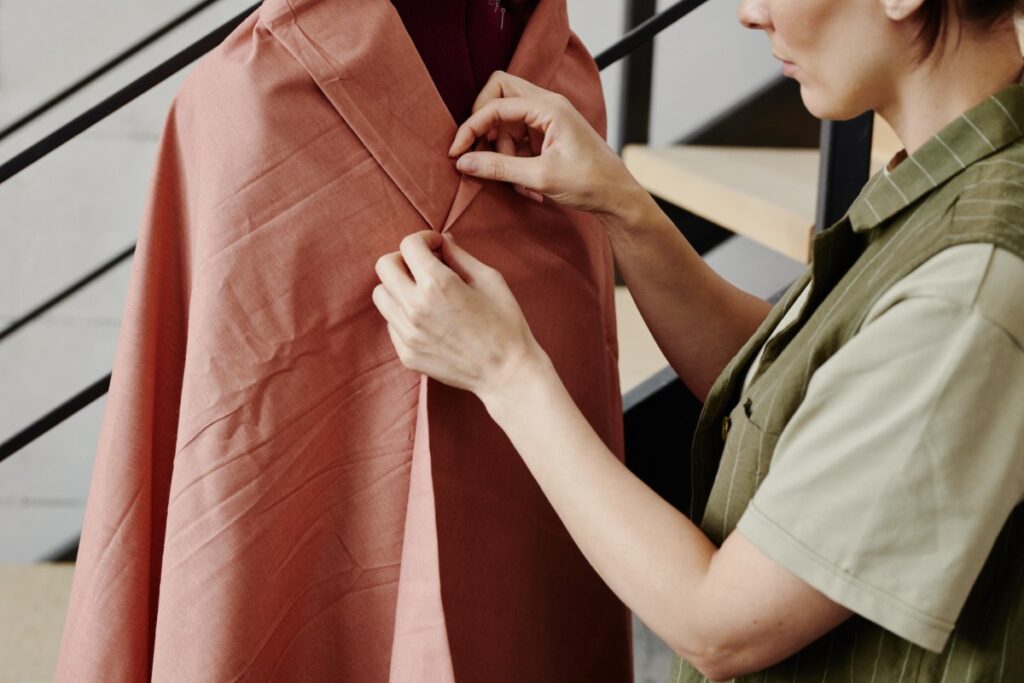
When you hold a real class garment, you’ll notice it feels substantial and well-made. The weight usually reflects quality materials, not something flimsy or lightweight.
Touch the fabric carefully. Genuine pieces tend to have a smooth, consistent texture. If it feels rough or uneven, it could be a fake.
Pay attention to how the fabric moves. Real garments often drape naturally, while fake ones may feel stiff or awkward in your hands. Your sense of touch can reveal a lot about authenticity.
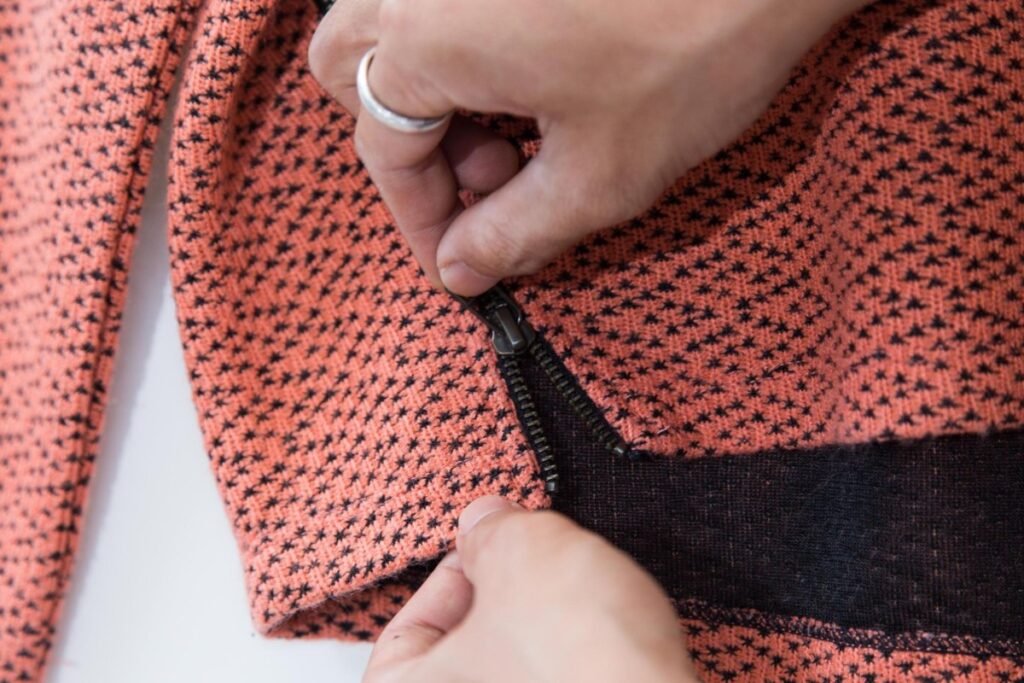
When you’re checking a piece of clothing, press on the buttons gently. Fake items often have buttons that feel loose or cheap. You want buttons that are firmly sewn and don’t move easily.
Next, slide the zippers up and down a few times. Real zippers are smooth and sturdy, while fake ones might stick or feel flimsy. A good zipper will hold its place without suddenly sliding down.
If you notice loose threads around buttons or zippers, it’s a red flag. These small details tell a lot about quality and authenticity.
Smell the garment for chemical odors
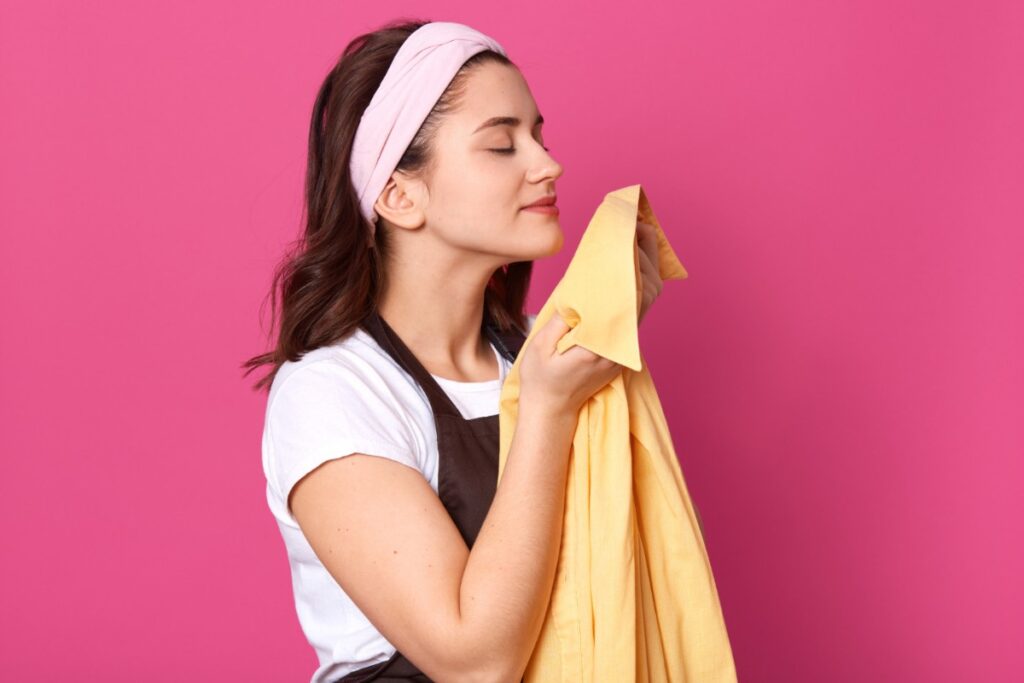
When you get a new piece of clothing, take a moment to smell it. Fake items often have a strong chemical or plastic-like odor. This smell comes from low-quality materials or harsh manufacturing processes.
Real clothes usually have little to no smell, or just a faint fabric scent. If the scent is overwhelming or unpleasant, it’s a red flag.
Trust your nose. If the smell feels off, it’s better to double-check the authenticity before buying or wearing the garment.
Check the authenticity of brand labels

Start by closely examining the labels. Genuine brands use high-quality printing and materials, so anything blurry, faded, or poorly stitched is a red flag.
Look for spelling mistakes or inconsistent fonts. These small errors often point to counterfeit products.
You can also compare the label to images on the brand’s official website. If it looks different, it might not be real.
Don’t forget to check any serial numbers or holograms. Many brands include these as a way to confirm authenticity.
Feel the lining material inside

When you check the lining, pay attention to the texture. Real pieces usually use smooth, high-quality fabrics that feel soft and consistent.
If the lining is rough, stiff, or uneven, it might be a fake. Cheap linings often use low-quality materials that don’t feel comfortable against your skin.
Also, look for neat stitching inside. Real clothes have clean, precise seams, while fakes often show loose threads or uneven lines.
Touching the lining helps you spot differences you might miss by only looking at the outside. It’s a simple step that gives you more confidence about what you’re buying.
Observe the color consistency under light
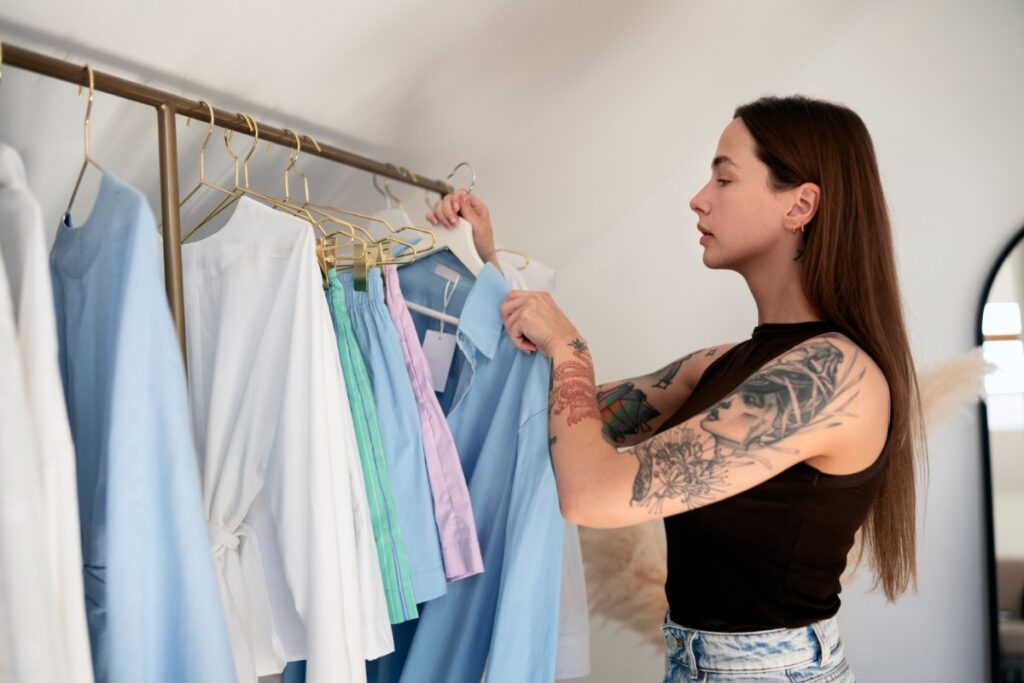
When you look at the class under different lighting, pay close attention to the color. Real class has a consistent color tone, even when the light changes.
Fake class often shows uneven hues or patches that look dull or too bright. You might notice subtle discolorations that shouldn’t be there.
Try moving your item from bright sunlight to a shaded area. If the color shifts noticeably or looks patchy, it could be a sign that the class is fake.
Your eyes are a simple but powerful tool to spot these differences in color consistency.
Assess the garment’s overall finish
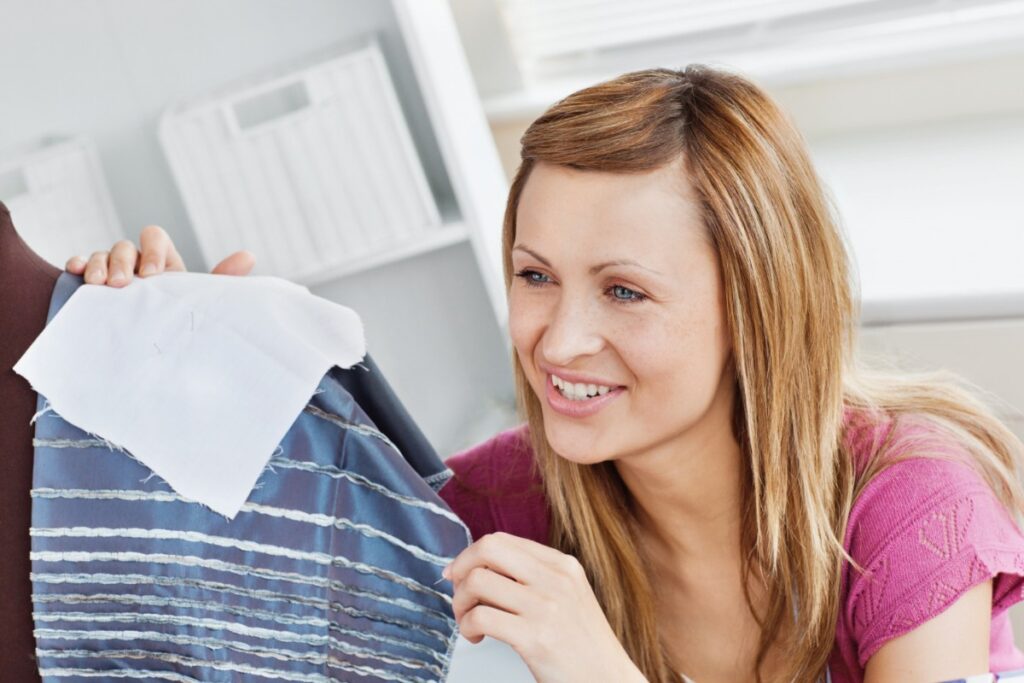
Check the stitching carefully. On a real Class garment, the stitches will be even, tight, and consistent. Loose threads or uneven sewing can be a sign of a fake.
Look at the seams. They should lie flat and feel strong to the touch. Rough or bulky seams usually indicate lower quality.
Feel the fabric. A genuine piece often uses premium materials that feel smooth and durable. If it feels cheap or stiff, be cautious.
Finally, inspect small details like buttons and zippers. They should operate smoothly and have a clean finish without any glue residue.

